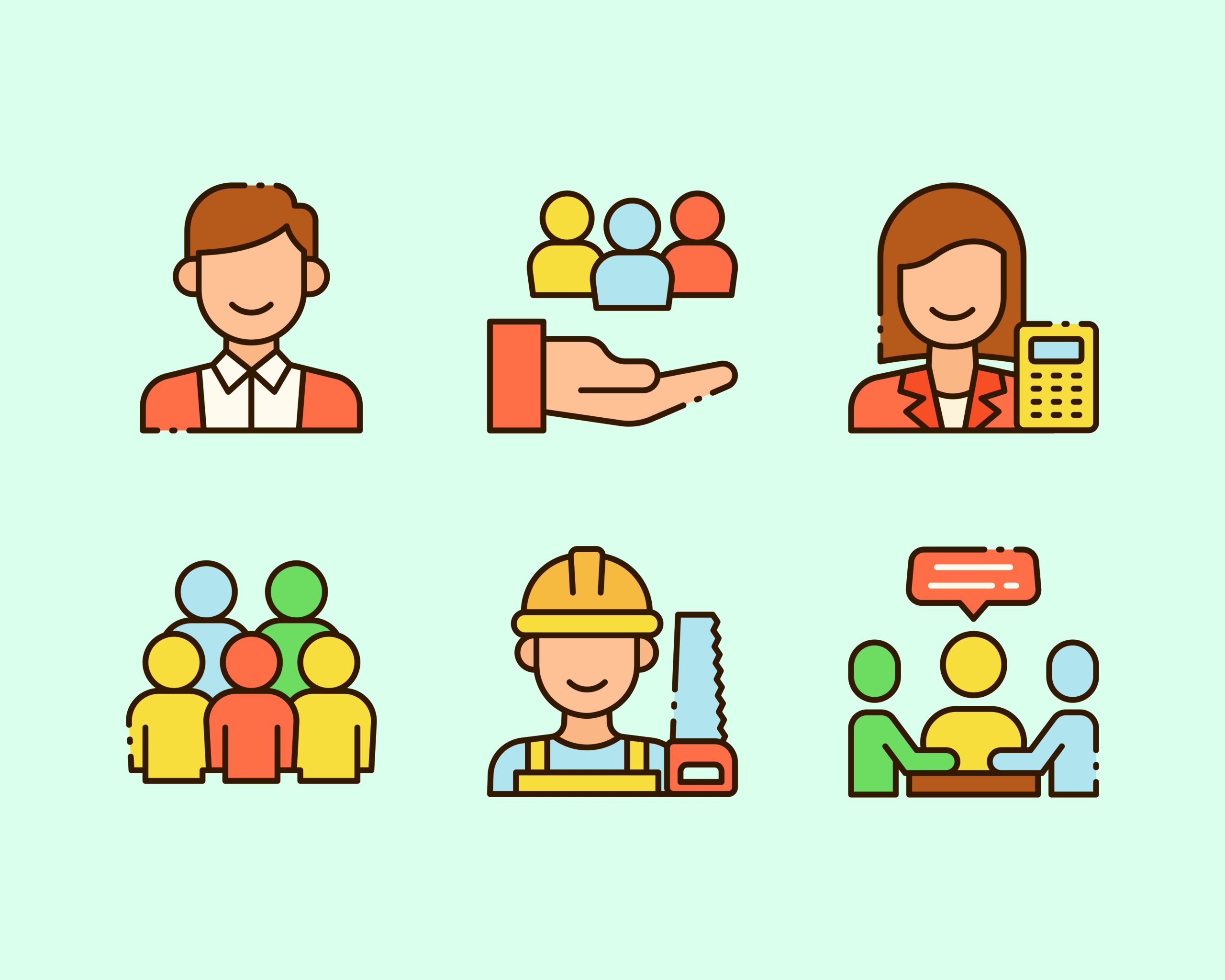Stanford researchers found that early-career workers are facing the brunt of A.I.’s labor impacts. Wahyu Setyanto for Unsplash+
As if entering the workforce wasn’t daunting enough, the rise of generative A.I. is dampening the prospects of young workers across the U.S. Early-career workers aged 22 to 25 have experienced a 13 percent relative decline in employment across jobs most exposed to A.I., such as coding and customer service, according to a new Stanford study.
Concerns about A.I.-driven labor disruption have circulated since the 2022 launch of OpenAI’s ChatGPT. The analysis, conducted by Stanford Digital Economy Lab researchers Erik Brynjolfsson, Ruyu Chen and Bharat Chanda, is among the most comprehensive efforts to quantify the impact with data. The economists studied employment trends from late 2022 to July 2025 using datasets from ADP, the largest payroll software provider in the U.S. The datasets contained monthly and individual-level records for millions of workers at tens of thousands of companies.
“What really jumped out quickly as we were doing the analysis was we were seeing these big differences by age group,” Chandar told Observer. “That result was pretty striking.”
The researchers found a sharp decline in A.I.-exposed occupations for younger workers. For instance, employment for early-career software developers has dropped nearly 20 percent from its late 2022 peak, with similar declines across other computer and service clerk jobs. Jobs less exposed to A.I., such as nursing aides, have remained steady or even grown.
By contrast, more experienced workers have seen employment rise in these same fields in the past few years. Because generative A.I. tends to replace codified knowledge, the researchers suggest that “tacit knowledge,” or skills gained over years of experience, may shield older employees. Such expertise “might not be as accessible to A.I. models in their training process, because that might not be written down somewhere or it might not be codified nearly as much,” said Chandar.
The study also found that job losses are concentrated in roles where A.I. can fully automate tasks with little human input. In fields where A.I. augments work by helping employees learn, review or improve, employment has actually increased. “In the jobs where it’s most augmentative, we’re not seeing these employment declines and in fact, we’re seeing employment growth—even for the young workers,” said Chandar. Chandar and his co-authors used A.I. tools to assist with coding and proofreading during the study.
The report coincides with a shift in higher education away from A.I.-exposed fields. Enrollment in computer science, which quadrupled in the U.S. between 2005 and 2023, grew just 0.2 percent this year.
If history is any guide, these disruptions may eventually stabilize. Past technological shifts, such as the IT revolution, initially displaced workers but ultimately created new types of employment. “Historically, as work got replaced by new technologies, there was new work that was created,” said Chandar, who plans to continue tracking A.I.’s real-time employment impacts. “There are some ways in which A.I. is different from prior technology, some ways in which it’s similar—and we want to be tracking this on an ongoing basis.”


